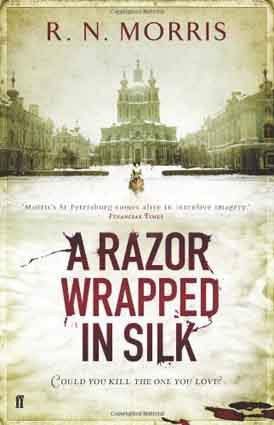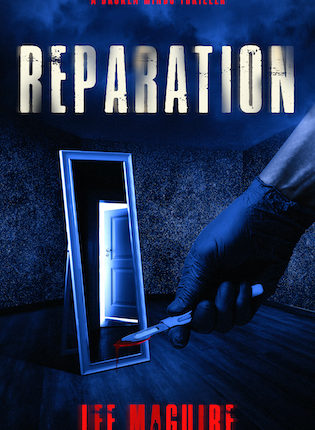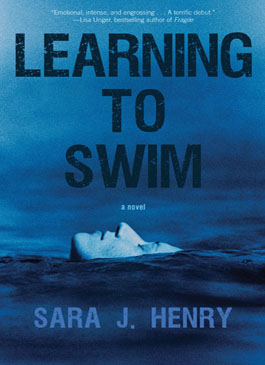 “Can you make anyone confess to anything?” – Captain Mizinchikov
“Can you make anyone confess to anything?” – Captain Mizinchikov
Given his long and illustrious track record of solving even the most baffling of cases, said question is a fair one to be posed to Investigating Magistrate Porfiry Petrovich. Yet, A Razor Wrapped in Silk, the third outing for Fyodor Dostoevsky’s famous investigator under the skillful hand of author R.N. Morris, finds Porfiry Petrovich challenged with solving two seemingly unrelated cases and, for the first time, beginning to question his skills as an investigator.
The intrigue begins when Petrovich is approached with a request from a privileged young woman to investigate the disappearance of several children. Barely more than indentured servants working long hours in a factory under horrendous conditions, disposable in the eyes of society at large, their absence was noticed by the young woman when the children stopped showing up for lessons at her free school.
Petrovich agrees to look into the matter, but when another young woman from the world of the aristocracy is murdered shortly thereafter while attending a play the full resources of the police force are brought to bear on that case, and the missing children investigation falls by the wayside.
As his investigation of the society murder progresses Petrovich begins to see connections between it and the missing children, connections that bring Petrovich into conflict with both the disdainful aristocracy and the distrustful revolutionaries, and which ultimately set Petrovich on a collision course with the Tsar himself.



































 “I believe you. And I believe you want answers. For all the right reasons. But some things are better left alone. This is one of them.” – Tom Reimer
“I believe you. And I believe you want answers. For all the right reasons. But some things are better left alone. This is one of them.” – Tom Reimer I’m going to do this a little differently than I usually do reviews because, quite frankly, my reaction to this book was a little different than I usually experience when reading a book. Very rarely am I ambivalent about something I’ve read. Love it or hate it – or so despise it I don’t even finish – my feelings about what I read are usually crystal clear. And yet, days after finishing Beatrice and Virgil I still can’t decide: do I love it, or hate it?
I’m going to do this a little differently than I usually do reviews because, quite frankly, my reaction to this book was a little different than I usually experience when reading a book. Very rarely am I ambivalent about something I’ve read. Love it or hate it – or so despise it I don’t even finish – my feelings about what I read are usually crystal clear. And yet, days after finishing Beatrice and Virgil I still can’t decide: do I love it, or hate it?

 “I’m capable of anything I need to be capable of.” – Pike
“I’m capable of anything I need to be capable of.” – Pike
 “Unfortunately, no one can be told what the Matrix is. You have to see it for yourself.” – Morpheus
“Unfortunately, no one can be told what the Matrix is. You have to see it for yourself.” – Morpheus My introduction to the world of e-books was back in 1999, when author Pauline Baird Jones encouraged me to send one of my novels to an electronic publisher. My initial reaction was “Sure, or, in a similar vein, I could print out my manuscript, sprinkle a little Fresh Step on top, and let my cat defile it.” But after a little more research, I decided to give it a try, and in 2000 three of my unpublished novels came out as e-books. (Out of Whack was also supposed to come out that year, but its route to publication was hampered by the minor detail that the publisher sucked.)
My introduction to the world of e-books was back in 1999, when author Pauline Baird Jones encouraged me to send one of my novels to an electronic publisher. My initial reaction was “Sure, or, in a similar vein, I could print out my manuscript, sprinkle a little Fresh Step on top, and let my cat defile it.” But after a little more research, I decided to give it a try, and in 2000 three of my unpublished novels came out as e-books. (Out of Whack was also supposed to come out that year, but its route to publication was hampered by the minor detail that the publisher sucked.) The formula is simple:
The formula is simple: “If I’d blinked, I would have missed it.” – Troy Chance
“If I’d blinked, I would have missed it.” – Troy Chance







